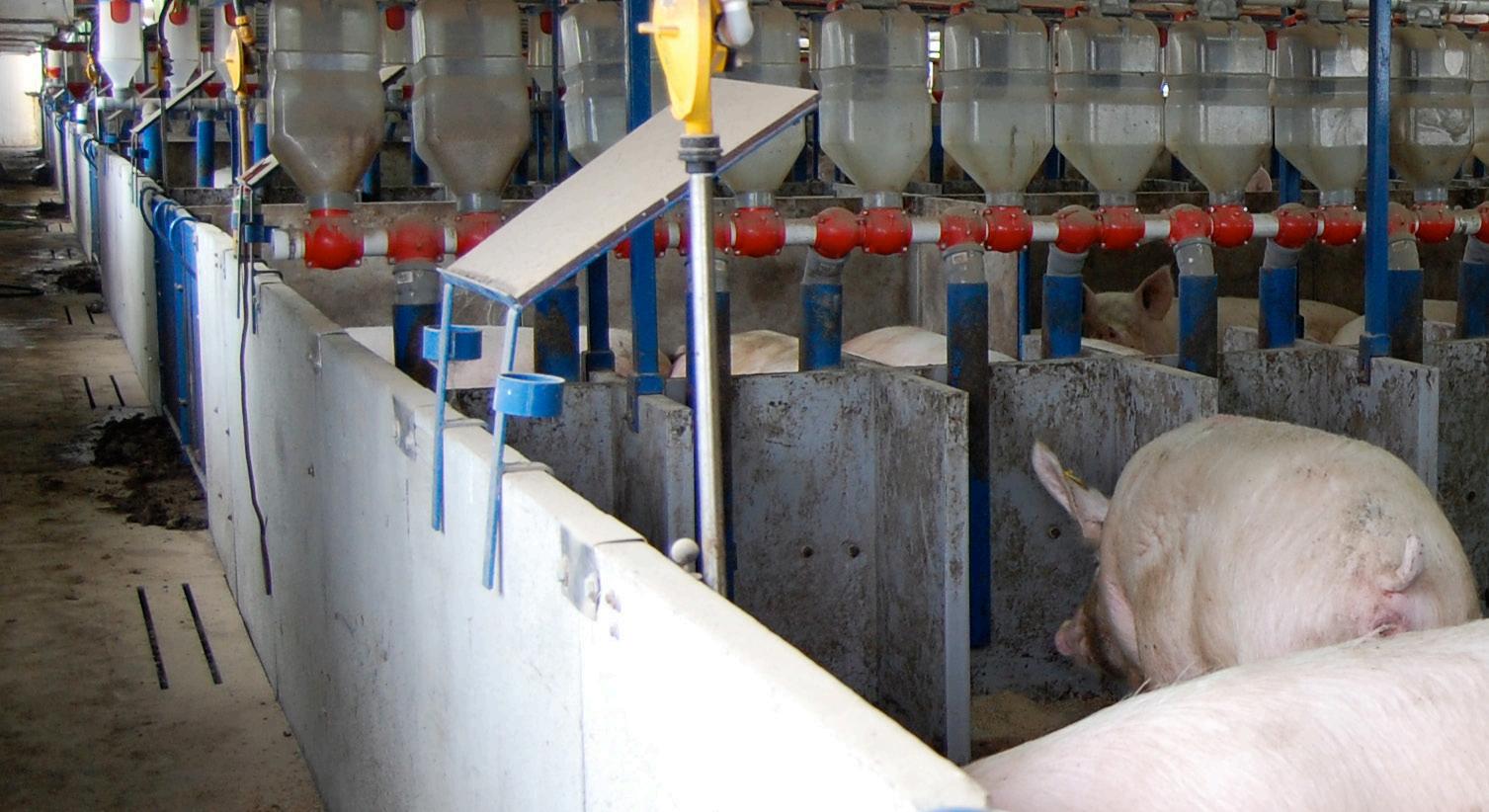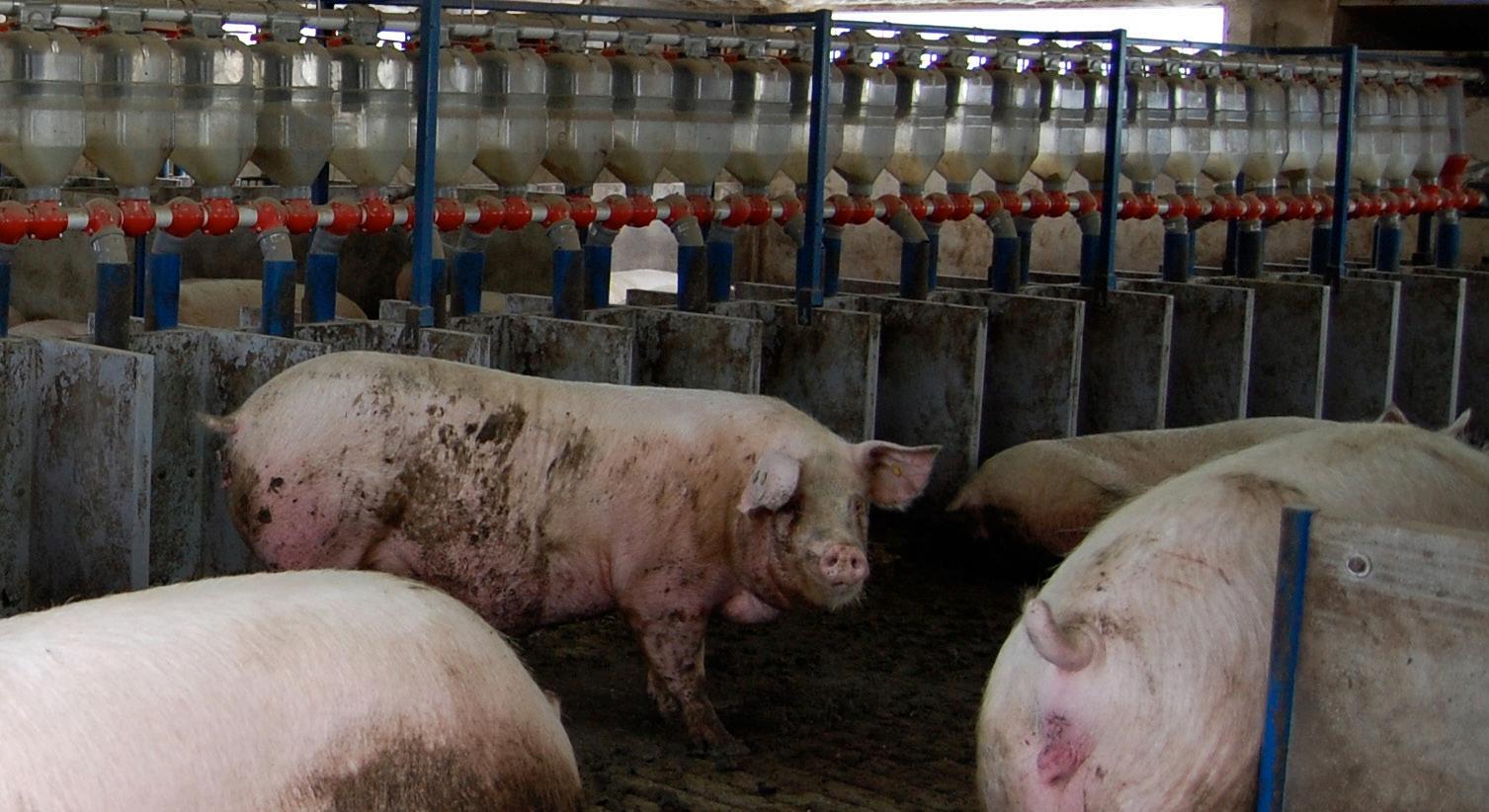
3 minute read
Sustainability in 2050: Adapting Industrialized Farming to Ecosytem Realities
By: Dr. Jim Lowe, Production Animal Consultation
Growing up in the heart of the US corn and soybean belt, son of a vocational agriculture teacher and always around farms and farmers, from a very young age I have been fascinated with all aspects of how we provide food to the world.
Professionally I have had the good fortune to explore that fascination as a food animal veterinarian, pork producer, row crop farmer, scientist, and teacher - creating, using and sharing ideas across the entire spectrum of food production, processing and distribution.
Over the last 20 years as professional I have observed a mind boggling improvement in the output and efficiency of animal agriculture as we have applied industrial processes and techniques. While our current level of operational efficiency in animal agriculture is impressive, adapting our “fence row to fence row” approach to livestock production is necessary to meet the world’s food supply needs over the next 35 years in a sustainable way.
While we typically think of the term “fence row to fence row” when talking about corn farmers, animal agriculture, which I have been a willing and exuberant part of, embraces the same approach. Quite simply we have focused on short term maximization of economic returns that involves maximizing density of a single livestock species of a very limited range of genotypes in narrow geographic regions. While this approach has led to huge leaps in operational efficiency, it has created an ever increasing list of epidemic diseases which create huge economic losses, massive reductions in operational efficiency and a high degree of variability in our food supply.
Porcine Epidemic Diarrhea Virus (PEDv) is only the latest example. This vulnerability is the result of massive populations in close proximity, that are highly interconnected and which have a low degree of resistance to changes in existing or novel diseases. This means that any agent which is introduced quickly spreads across the entire population. In ecosystem speak, new or changed disease agents are exotic species with little pressure in their new ecosystem to keep them in check.
As a scientist, clinician and producer I have a unique perspective on the constraints to address the disease challenges before us. I am in awe of the technologies employed in industrial crop production to quickly and accurately address challenges.
While the use of GMO technology and precision chemicals has been very effective for crop producers, animal agriculture will need a different approach to address disease pressure. The genetic complexity of animals, the lack of customer tolerance of GMO in animals, and slow rate of genetic change through even the most technologically advanced breeding programs limits our ability to use genetic based approaches to reduce the impact of disease.
In addition, the rapid emergence and change of pathogens makes the development of new vaccines and antibiotics difficult. Many novel pathogens are not suitable candidates for immuno-prophylaxis as they are immuno-evasive.
Increased societal pressure to limit antibiotic use with the aim of prolonging their effectiveness in humans limits the scope of antibiotics to control bacterial agents.
Fortunately we are at the forefront of a wave of novel technologies that will allow us to understand animal agriculture production systems in deeper and more meaningful ways. Advanced high-throughput genomics is one example of the next wave of biological science that will meaningfully impact our ability to control animal disease.

When these advanced genomics techniques are used on both the microbiome and the host and coupled together with measures of cellular biology to understand gene expression and metabolism, a holistic assessment of disease can begin.
By using these holistic approaches we can begin to understand how our animal rearing systems impact disease resistance at the host and population level allowing us to adapt management strategies to optimize production efficiency over the long run.
While these technologies can be revolutionary, it will take not only dedicated work by individuals but a new model of collaboration across a wide diversity of disciplines. This type of collaboration is happening, but traditional academic models and funding sources have not lent themselves to these collaborative research models.
I have been heartened that generally people are excited about building these diverse teams among academics, clinicians and industry. Non-traditional sources of funding, while limited in scale, have been excited to be involved with these novel teams.
So what am I going to do to help build a sustainable way to feed the world by 2050? I am going to focus on building cross functional teams to address these complex problems. Then we can build animal management systems that by design are more resistant to disease and provide a low cost, safe supply of meat in a way that preserves the planet we live on by using fewer resources per kilogram of meat produced.










